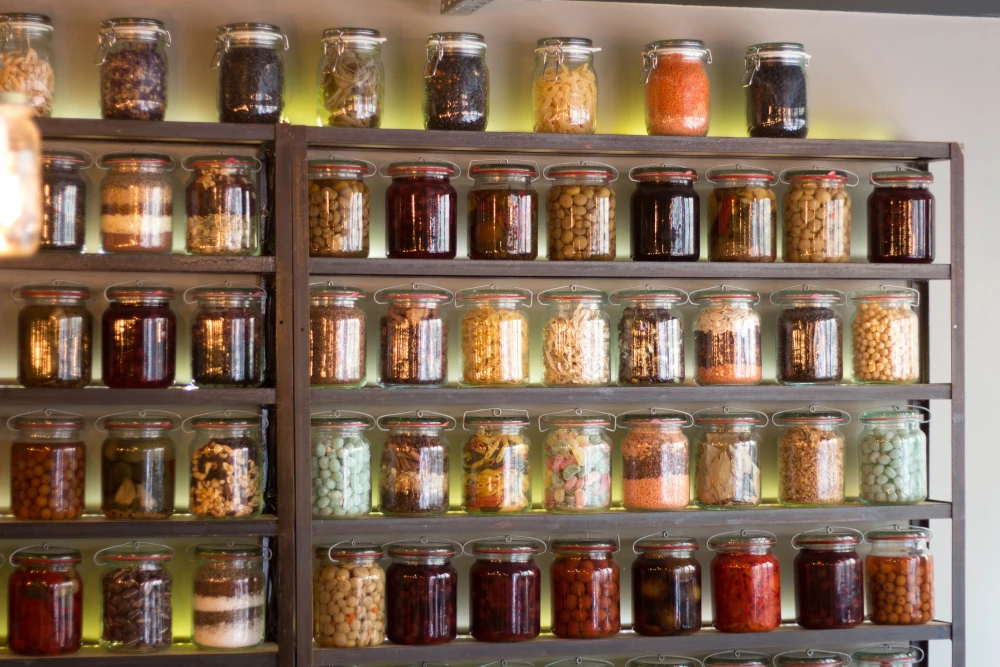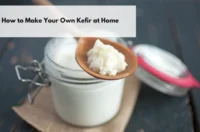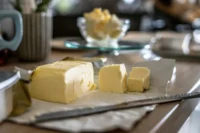
Storing Baby Formula in Mylar Bags
As a prepper, you understand the importance of being prepared for any situation. When it comes to ensuring that your baby’s nutritional needs are met

The simplest way of food preservation is cold food storage. It can be done I n fridges, dark locations like root cellars, unheated basements, and pantries. By inhibiting the growth of the bacteria that lead to food spoilage, cooling preserves food. Iceboxes and root cellars were popular before the refrigerator was created for cooled food storage. Potatoes, yams, onions, garlic, apples, cabbage, turnips, beets, and carrots are the best food for storage in a root cellar.
One of the earliest methods of food preservation is drying. By using this technique, water activity is reduced, preventing bacterial growth. Drying makes food lighter so it can be transported more readily. Modern drying methods include bed dryers, fluidised bed dryers, freeze drying, shelf dryers, spray drying, commercial food dehydrators, and household ovens in addition to the traditional methods of using the sun and wind. Examples of foods you can dry are meat and fruits including apples, apricots, and grapes.
Foods may be frozen with little specialised equipment while maintaining their natural flavours and textures. Microorganisms and enzymes that can degrade food are slowed down by freezing. Remove all the air from the freezer bag, freeze goods at room temperature, and consume within six months for optimal results. Food can have its shelf life increased by vacuum-sealing frozen goods to stop ice crystals from forming and from developing.
Under anaerobic conditions, microorganisms like bacteria or yeast convert carbohydrates to alcohol or organic acids in a process known as fermentation. Some of our favourite fermented foods, are cheese, yoghurt, kombucha, sauerkraut, kimchi, and sourdough bread, are produced using this method. Our Fermentation Starter Kit is great for home fermenting.
Fermentation converts low acid foods into high acid foods, extending their shelf life for storage “as is” or enabling safe water bath canning.
Most foods were preserved using sugar, salt, or a combination of the two before the invention of industrial refrigeration. Sugar and salt help preserve food by lowering the water content and preventing microbial development in meats, fruits, and vegetables. Jams and jellies are typical sugar-preserved foods, whereas salt cod, salt pork, corned beef, and bacon are typical salt-preserved meals.
Although it is still advised to can or freeze smoked salmon and some smoked meats, smoking is an additional stage in the curing process for most meats and shellfish, such as salmon (unless they are dried completely and turned into jerky and then vacuum-packed). A root cellar is another option for storing some salt-cured meats.
Canning is frequently the first thing that comes to mind when we think about food preservation, and for good reason.
Pressure canning and water bath canning are the two methods used in home canning. Because water bath canning doesn’t require any specialised equipment, it is the easier and most accessible method. Actually, all you really need is a sizable stockpot with a canning rack at the bottom, or a water bath canner with a canning rack already built in. And of course, your canning equipment like the canning set and Mason jars.
Jams, jellies, pickles, most sauces, canned fruit, pie filling, and essentially any acidic fruits and vegetables with a PH level of 4.6 or below are acceptable for water bath canning, otherwise you might risk botulism.

As a prepper, you understand the importance of being prepared for any situation. When it comes to ensuring that your baby’s nutritional needs are met

If you’re a fan of probiotic-rich foods, you’ve probably heard of kefir. This tangy, fermented drink is packed with beneficial bacteria and yeast, making it

Making your own butter at home is a rewarding and surprisingly simple process. With just a few basic ingredients and tools, you can create rich,
We are on Maternity Leave. Shop is closed till the 25th of November. All incoming orders will be shipped when we're back :) Dismiss